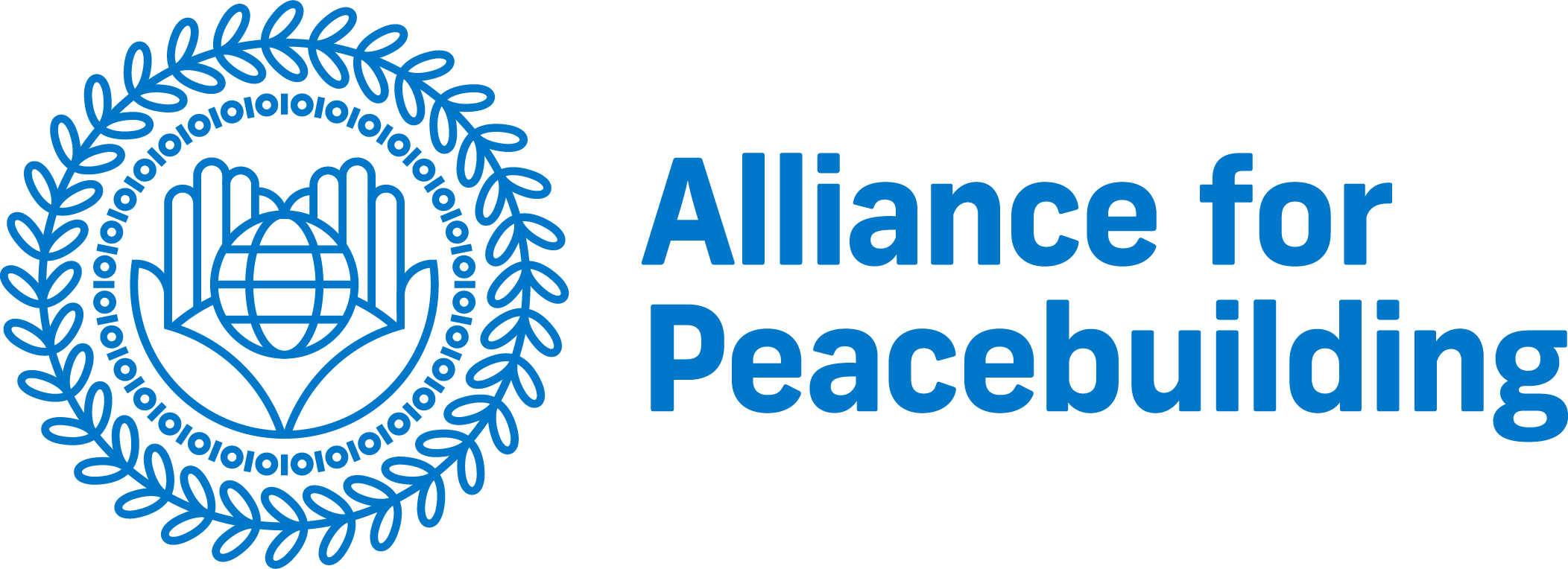The Eirene Peacebuilding Database® is a pioneering effort to map indicators across the peacebuilding field
It is a comprehensive collection of over 12,000 indicators compiled across various peacebuilding resources
Please Use & Share!
Please feel free to share the database – in fact it is encouraged! We simply ask that when using the database you reference it.
Citation: Alliance for Peacebuilding. "Eirene Peacebuilding Database," 2020. https://eirene.allianceforpeacebuilding.org/#/
What is the Eirene Peacebuilding Database?
The Eirene Peacebuilding Database® is the culmination of years of work to search, catalogue, curate, and share peacebuilding key indicators that will help you all better assess your work and measure impact. It puts forward program approaches, indicators, and measures currently being used in peacebuilding across seven program areas.
Dispute Resolution
Governance
Perceptions of Safety & Security
Resilience
Trust
Social Cohesion
Violence Reduction
Caveats on Using the Database
1. The indicators included herein represent all available indicators and are not indicative of a quality assessment of each indicator.
2. The database does not proport that any single indicator would or should be used to evaluate complex outcomes or impact, but rather more robust indicators in combination should be considered.
3. The individual use, value, and application of each indicator is dependent upon context and should be considered prior to use.
4. In our effort to curate this information, the categorizations given to indicators may differ from the context in which they were used in the original sources.
Different Uses for the Database
There are many different, dynamic uses for the Eirene Peacebuilding Database®. Below are just three options that we recommend for how to incorporate the database into your work.
Serve as a starting point for program design: Need to do a literature review as you design you program, but you do not know where to start? You can use Eirene to help you understand what other programs have found in a specific location, through a particular approach, with a key target group, etc. This promotes learning and emphasizes the need for evidence-based design.
Serve as an inspiration when designing an M&E framework and creating program indicators. We all know we use other programs as inspiration when designing our own M&E frameworks, but we do not always select the best fit examples. You can use Eirene to identify how are others measuring such amorphous concepts as social cohesion, trust, or resiliency in order to better refine and contextualize indicators, measures, and tools for your specific program.
Act as a starting point to define key indicators for the peacebuilding field and seek forms of standardization across peacebuilding indicators. Eirene is a beginning effort to look across the field and understand how programs are defining, measuring, and testing different outcomes in peacebuilding. Eirene can serve as a starting place to develop a peacebuilding DM&E ontology that could help us develop standard measures. The development of standard measures, that would be expected to go through multiple iterations of testing, could help advance the fields towards aggregating results and studying collective impact across specific geographic scopes, conflicts, thematic areas, etc.
Motivation Behind the Database
Peacebuilding is a swiftly developing field that was, and in many ways still is, struggling with DM&E and its integration. AfP is mandated with laying a foundation for showing greater evidence of the effectiveness and impact of the peacebuilding field.
Given this mandate, we seek opportunities to develop and promote practical tools to assist in these efforts. Unlike other development fields, peacebuilding still does not have common indicators to assess the field's desired outcomes, and we also still struggle to understand what are the desired changes peacebuilding aims to affect. From a DM&E point of view, this lack of consensus makes proving impact very challenging.
The difficulties of attempting to measure intangible outcomes such as social cohesion, improved trust, and prevention, is a struggle that all peacebuilders are facing, and in many situations, surmounting.
Given the needs of the field, AfP was motivated to provide a resource that could begin a conversation around measurement. A proof of concept that would allow us the overcome the question of if we could or should measure, and instead focus on how we are measuring. It is our hope that this tool can inspire further research efforts towards defining key indicators for peacebuilding and seeking some standardization across peacebuilding indicators to begin assessing collective impact.

